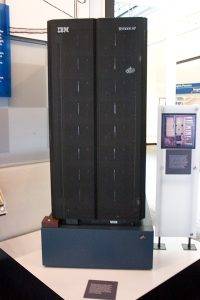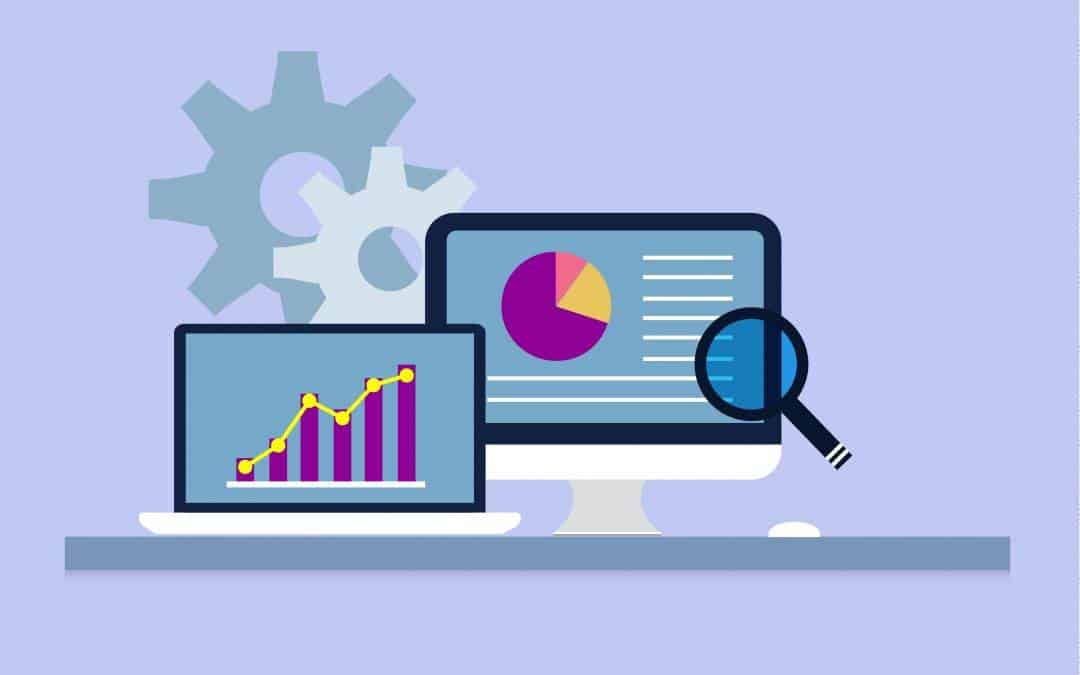We all know it all too well: whether you earn your money in ecommerce, corporate communications, reporting, marketing or journalism: The success of companies depends more and more on high-quality content, which should have as individual a connection as possible to the customers’ life. A Text Robot can provide valuable support in the creation of inexpensive and high-quality text.
Some make use of text agencies to get cheap SEO text, others have their own content editors for text creation or product managers write product descriptions themselves in online shops etc.
Then someone in Silicon Valley invents a new product category and in a few months tens of thousands of products have to be written about – the current example is the so-called wearables.
The 3 scenarios of text creation
At uNaice, we distinguish between the following three areas of application:
- ecommerce (product descriptions, category pages, product comparisons)
- functional text (annual reports, analyses, consulting text, individual newsletters)
- publishing content (weather forecasts, sports reports, stock market analyses)
It is the commonality of these three areas of application that makes them so interesting for inexpensive content creation:
The starting point for high-quality text automation: structured data
For each type of text, there is usually structured data in the form of spreadsheets, databases or lists. We evaluate this data in an initial analysis and derive the potential of the Text Robot for content production.
What does a Text Robot do?
If we take the ‘robot definition’ of the Robotic Industries Association as a basis, then we can say
“A Text Robot is a programmable multi-purpose software for creating text based on structured data. The freely programmable interpretation of structured data makes it suitable for a wide range of writing tasks”.
Granted: That sounds a little bulky.
Put more simply:
A Text Robot can be trained to produce text from data as found in Excel spreadsheets, product data sheets or databases, which can be read more easily by humans.
- interpreting data according to human experience and incorporate it into text
- identifying differences between individual data sets or quantities and explain them to the reader
- Combining fragments of data into a meaningful whole
- recognise details that escape the human eye and prepare them for the reader
- creating analyses and reports from unmanageable amounts of data
- writing faster than 1000 world champions in 10-finger typing
- creating new text with added value for customers quickly and at low cost
Our Text Robot can currently generate content in 119 different languages. Not only is the translation done automatically, but each text is created individually according to a set of rules previously defined by native speakers. This is the only way to ensure that country-specific tonalities can be catered to and that the desired approach to customers is made. Typical translation errors or irritating word choices are almost impossible with this approach.
Are Text Robots really already that good?

Deep Blue by James the photographer – CC BY 2.0
Do you play chess? Then it is very likely that you have already been beaten by a chess computer. It took until 1996 before a computer could play chess better than the best man. It was IBM’s Deep Blue that defeated Garry Kasparov.
In March 2016, something never thought possible happened and a computer beat the world champion in the even more complex game Go Lee Sedol 3:0.
And Text Robots?
They are already beginning to work better as humans in their departments: A study among 1024 people showed that the test readers found articles on sports and financial topics more objective and easier to understand when written by the Text Robot!
How does the Text Robot know what to write?
Training and programming. At uNaice we call this Onboarding and Service Creation.
Our experts first look at the customer’s database. From this, it will then be derived how many data sets are suitable for the text and an assessment will be made of the quality that can be achieved. If necessary, the output data will first be optimised and then the Text Robot will be programmed.
This step of the Onboarding process can be understood as the creation of a set of rules according to which the Text Robot will later take in the data and convert it into natural language. The result will be data-based text such as product descriptions as follows main clause, subordinate clause. main clause, subordinate clause. With the Onboarding, all suitable data sets in the data pool will already receive some text.
The following Service Creation will take things a step further. This is where all products, data sets and categories will be localised, for which a targeted, more extensive text will achieve higher added value. More extensive text can for example achieve the following results:
- improvement of search result positions through SEO-relevant text
- reduction of consultation costs through comprehensibly formulated consulting text
- increase in turnover through text with data-based USP explanation
- conversion rate optimisation with buyer persona specific text
- using cross- and up-selling opportunities by highlighting previously unrecognised product combinations
The results will become particularly interesting when your input data is enriched with secondary data:
Imagine you sell wine online and have an Excel spreadsheet with 50,000 different kinds of wine. Let’s look at the attributes YEAR and CULTIVATION AREA. The Text Robot can also access weather data for the corresponding year in the wine-growing region and use this information to automatically enrich the description of the wine and provide valuable additional information for future wine lovers at no extra effort.
What is the difference between Text Robots and chatbots?
Chatbots are software robots that communicate with the user via SMS, Facebook Messenger, Whatsapp or chat windows on websites.
Their task is different and Text Robots and chatbots should not be confused with each other. Chatbots react to short text messages and provide answers adapted to the current conversation partner. You can find some examples in the article “Futures of Text“.
The capabilities of our Text Robot go far beyond the short dialogue communication of such chatbot offers: For Text Robots, a set of rules for text generation is first created by humans, which perfectly matches your linguistic style and is then optimised by our experts to address different buyer personas. The Text Robot is given a selection of variables to create unique text from and variants of expressions that make copies more interesting and varied.
The configuration of the text structure enables, for example, sentence lengths that can be adapted to reader target groups as well as to any number of output devices. Text on computer displays can be relatively long and can include less relevant details. On smartphones with smaller displays, on the other hand, text needs to be shorter and more compressed so that readers do not get tired and can quickly grasp the most important details. Prioritising such features is just as much a part of configuring the Text Robot as the creation of sentence variants, synonyms and the integration of secondary data in the appropriate context.
With such configuration settings, the use of the Text Robot allows the creation of extensive and complex text, which can be transformed into any number of unique variants at the push of a button, as well as the creation of individual text sections or dialogues.
Future outlook
It’s almost a bit presumptuous to venture a glimpse into the crystal ball when it comes to a definite future technology, but it’s especially clear when chatbots are mentioned:
These two systems could work well together in the future:
A chatbot accepts a human request, passes the relevant information to a Text Robot, which formulates a helpful answer from various data sources and the chatbot returns it to the questioner.
For the next two to three years, Text Robots will initially be used to make the spreadsheets and product data wastelands of today’s websites readable for humans and put them into valuable context.
They will then take up the challenge of mobile use and responding to human questions in real time, drawing on data sources and writing meaningful answers on-the-go.
What people can still do better
You are probably thinking now: “But we cannot make ourselves completely dependent on machines!”
That’s not what we’re doing. There are still areas in which humans are superior to Text Robots, such as understanding irony and sarcasm or making emotional judgements.
But:
The Text Robot is trained by humans and can therefore interpret certain triggers in the input data and react to them with emotionally coloured, individual text and thus also address the emotional world of the target groups through human language in the output.
Conclusion: Text Robots do not take work away from people – on the contrary!
Quite the opposite! As in the industrial revolution, robots take over the work that humans cannot do due to a lack of manpower, or which, due to their monotony, tend to cause boredom and error-proneness. Robots never get bored and maintain their high work quality 24 hours a day, 365 days a year.
Robots are, if you like, a modern and highly specialised version of the steam engine. Whether it is a relatively simple industrial robot that performs repetitive tasks, or an autonomously driving car that has to record, evaluate and convert millions of sensor messages from GPS data, traffic regulations, road conditions, engine data etc. into safe driving.
Almost every invention of mankind has so far been aimed at saving our energy, making our work easier or reducing it so that we can move on to the next important task.
Text Robots ensure speed and high quality for recurring writing tasks. They sensibly reduce the amount of working time required. This frees up important time and capacity for people for: strategy, creativity and thinking.
Further contributions on the topic of Text Robots:

